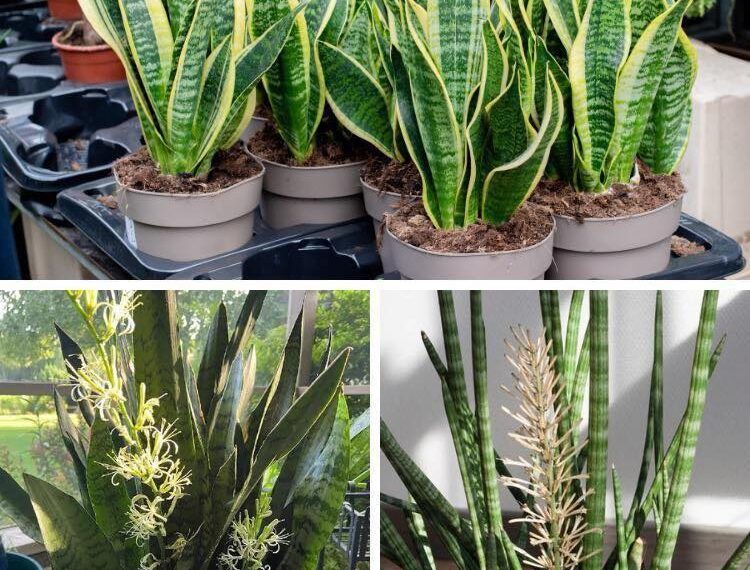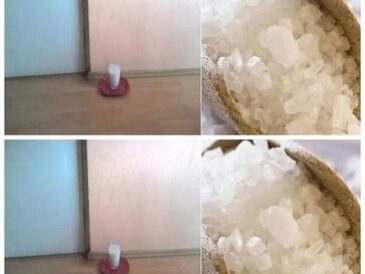Get the best advice to keep your snake plant healthy and thriving.
Taking good care of your snake plant is essential. Not only do they need proper light and water, but knowing the common problems associated with these plants will help you ensure that they’re always at their best.
This article will cover the basics for taking care of your snake houseplant, from location to fertilizing.
It will also go over some of the most common problems, from bugs to over-watering, so you can make sure your plants are as healthy and happy as possible.
Overview of Snake Plant Care
What is a Snake Plant?
A snake plant, also known as mother-in-law’s tongue or sansevieria, is an evergreen perennial with sword-shaped leaves that can reach up to three feet in height.
It’s native to tropical West Africa and has become popular around the world due to its low maintenance requirements and striking foliage.
The leaves of the snake plant are stiff and leathery, often variegated with yellow or white stripes.
Benefits of Owning a Snake Plant
Snake plants are easy to care for and require minimal attention once established. They thrive in indirect sunlight but can tolerate low light conditions as well. Watering these plants need not be a concern, as they are highly tolerant of drought; simply check the soil and give them some H2O when it feels dry.
Additionally, these plants are great for improving air quality as they absorb hazardous substances such as formaldehyde from the atmosphere, making them suitable for indoor spaces like bedrooms and living rooms where people often spend a lot of their time.
Lastly, snake plants come in many varieties so you can choose one that fits your style.
Common Varieties of Snake Plants
The most common variety is Sansevieria trifasciata (also known as mother-in-law’s tongue), which has long green leaves striped with yellow bands on either side. Other varieties of Sansevieria can be found, such as the cylindrica with its rounder leaves and laurentii boasting vivid green foliage.

There are also more exotic varieties such as Sansevieria kirkii ‘Silver Blue’, featuring blueish grey foliage with white stripes running along each leaf edge – perfect for adding a touch of color to any room.
Snake plants are an ideal houseplant for any level of gardener, offering a variety of benefits and easy care. Snake plants can do well when placed and lit correctly, so let’s explore how to guarantee they get the best conditions.
Location and Lighting Requirements for Snake Plants
When seeking the ideal site for your snake plant, there are some points to ponder. First, you want to make sure that the spot you choose has plenty of indirect sunlight throughout the day.
Snake plants prefer bright but indirect light and can tolerate low light conditions as well.
If you’re looking for an ideal spot in your home or office, try placing it near a window where it will get some natural light without being directly exposed to harsh sun rays.
You also need to take into account any artificial lighting sources that may be present in the room where your snake plant is located. Fluorescent bulbs are best when placed close enough so that they provide adequate illumination while still maintaining a comfortable distance from the leaves of your snake plant.
LED lights can also work if they’re not too close or too far away from the foliage of your plant and don’t emit too much heat which could cause damage over time.
Ideal Locations for Snake Plants:
When selecting an area for your snake plant, look for spots with plenty of indirect sunlight such as near windows or on shelves above desks or tables where they won’t be disturbed by foot traffic passing through frequently.
It’s important not to place them in direct sunlight since this can cause leaf burn and other damage over time due to intense heat exposure.
Sunlight Requirements for Snake Plants:
As mentioned before, snake plants prefer bright but indirect light rather than direct sun exposure which can lead to leaf burn and other problems over time due their sensitive nature towards intense heat levels coming from direct sun rays hitting their leaves directly.
If possible try finding areas with lots of natural daylight but without having any direct contact with hot temperatures coming from outside sources like open windows during summer months etc.

When it comes to snake plant care, understanding the right location and lighting requirements is key for keeping your plant healthy; now let’s look at watering and fertilizing needs to ensure your snake plants thrive.
Watering and Fertilizing Requirements for Snake Plants
Watering your snake plant is essential for its health and growth. It’s important to understand how often you should water it, as well as the signs of overwatering or underwatering.
Knowing when and how much to water your snake plant will help keep it healthy and thriving.
How Often to Water Your Snake Plant:
Depending on the season, you should water your snake plant every two weeks in summer months, but reduce watering frequency during winter months.
During the growing season (spring and summer), check soil moisture levels before watering; if the top inch of soil feels dry, then it’s time to give your snake plant a drink.
In winter months, allow the soil to become almost completely dry between each watering session.
Signs of Overwatering in Your Snake Plant:
CONTINUE READING IN PAGE 2




